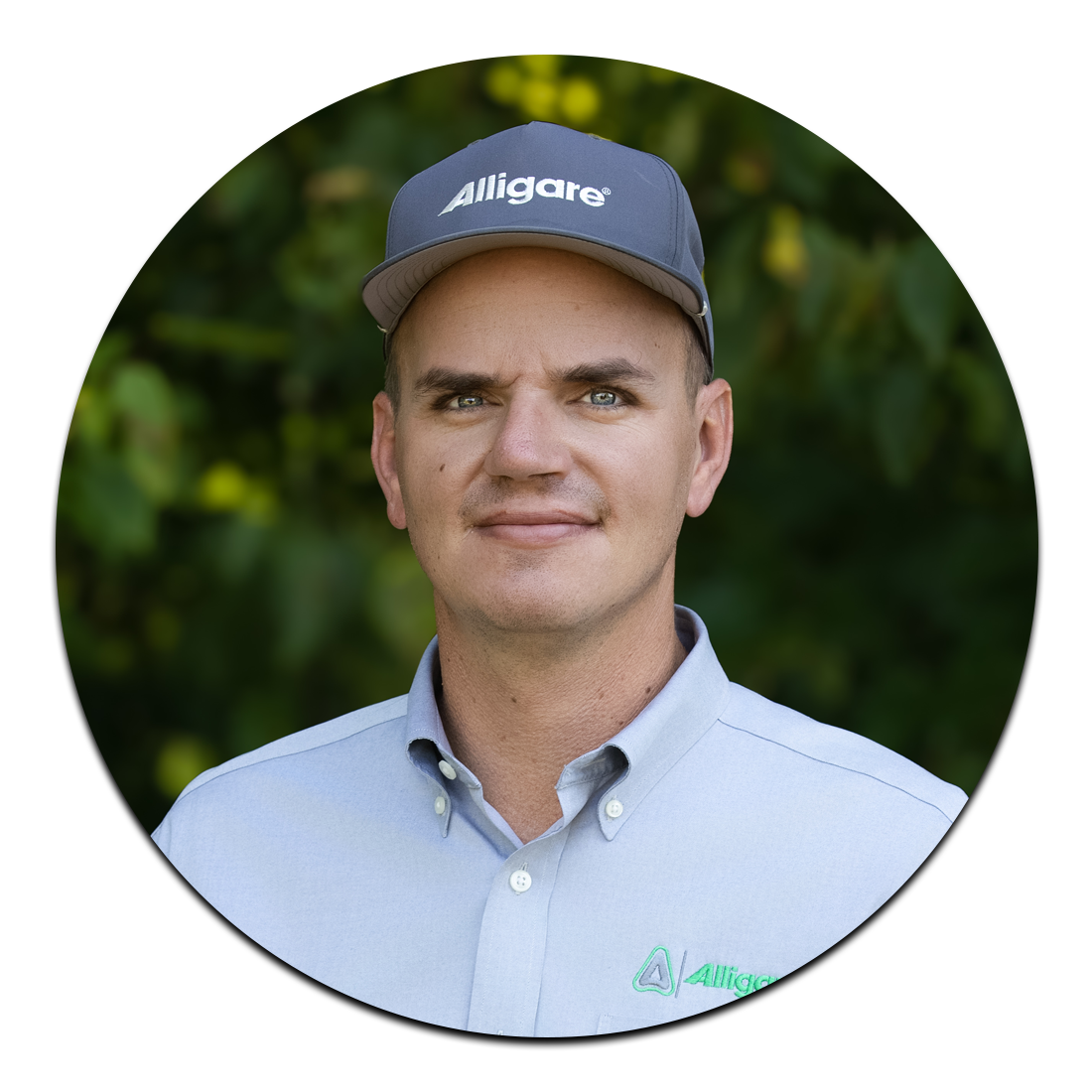Downy brome (Bromus tectorum), commonly referred to as cheatgrass, is a winter annual invasive species that has aggressively colonized over 76 million acres across the Western United States. Its rapid growth, prolific seed production, and adaptability to diverse environmental conditions have made it one of the most ecologically disruptive grass species on rangelands. Cheatgrass contributes to reduced biodiversity, displacement of native perennial grasses and forbs, and a significant increase in wildfire frequency and intensity, fundamentally altering sagebrush steppe ecosystems.
Why is cheatgrass ecologically dominant?
Cheatgrass germinates from late summer through winter and matures rapidly by late spring or early summer. Its growth habit includes multiple thick stands that may reach up to 24 inches in height, terminating in open panicles with 5–8 florets per spikelet, each bearing a short awn. It develops a dense fibrous root system, enabling efficient uptake of early-season soil moisture and nutrients, effectively pre-empting resource availability for native and desirable forage species.
Key biological and reproductive traits include:
-
Autogamous reproduction (self-pollination)
-
Seedbank longevity of up to five years
-
Rapid phenological development
-
Formation of continuous monocultures
Once dormant, cheatgrass contributes fine, dry fuels that are highly flammable, with low ignition thresholds. These fuels promote a fire-return interval as short as three to five years, which is far more frequent than the historic 50- to 100-year interval of intact sagebrush ecosystems. This fire cycle further favors cheatgrass reestablishment and suppresses native perennials.
What management techniques can be used on cheatgrass?
Effective management of cheatgrass requires a multifaceted, integrated vegetation management (IVM) approach. Available control methods include:
1. Prescribed Grazing
-
Timing is critical: Target cheatgrass in the early vegetative stage, prior to heading.
-
Flash grazing with high stocking density can reduce seed production and biomass.
-
Once cheatgrass reaches maturity, it becomes low in palatability and may pose a mechanical injury risk (e.g., awns causing eye and mouth injuries in livestock).
2. Mechanical Control
-
Tillage, disking, or mowing may temporarily reduce seed production.
-
Limitations: Poor cost-efficiency on large acreages; not feasible on rocky or sloped terrain.
-
Soil disturbance may stimulate secondary germination from the seedbank and facilitate further spread.
3. Chemical Control (Herbicide Applications)
Herbicide treatment is the most scalable and cost-effective strategy for cheatgrass suppression on extensive rangelands. Optimal results are achieved through:
-
Pre-emergent applications prior to fall germination or early post-emergent applications at the seedling stage.
-
In the Pacific Northwest and Intermountain West, early September is a common application window.
-
Residual herbicides offer season-long suppression and minimize cheatgrass reestablishment.
How can Alligare help you protect your grazing spaces?
Alligare offers herbicide solutions tailored to managing cheatgrass and other invasive annual grasses:
Panoramic® 2SL (active ingredient: imazapic)
-
Application Timing: Late summer to early fall as pre- or early post-emergent
-
Rate: 4–8 oz/acre (typical use rate: 6–7 oz/acre)
-
Exclusions: Not registered for use in California
-
Residual activity: Provides season-long suppression of cheatgrass and other winter annual grasses
Laramie® 75DF (active ingredient: rimsulfuron)
-
California-compliant alternative to Panoramic
-
Fall application rate: 4 oz/acre
-
Performs well in high organic matter environments where imazapic may become soil-bound and ineffective
-
Tank mix-compatible for extended residual control, although single-active applications are advised if seeding or natural regeneration of native plants is planned
It is always recommended to use an adjuvant to optimize herbicide treatments. Common spray adjuvants are non-ionic surfactants (NIS) or methylated seed oil (MSO). The location of treatment and stage of plant growth will determine the type of adjuvant best suited for your application. For more information regarding adjuvants, please refer to the product label or reach out to an Alligare representative.
Will these herbicides help control any other unwanted species?
Both Panoramic 2SL and Laramie 75DF are also effective on:
-
Medusahead (Taeniatherum caput-medusae)
-
Ventenata (Ventenata dubia)
A UC Davis Extension study conducted in northern California found that Laramie (Rimsulfuron) provided 100% control of medusahead when applied for two consecutive years, with results evaluated two years after the final treatment. This approach also showed greater selectivity for native forbs and grasses compared to other herbicide chemistries. Additionally, Laramie 75DF demonstrated superior performance in litter-rich environments, where imazapic efficacy may be reduced.
For enhanced and prolonged control of invasive annual grasses, tank mixing Panoramic 2SL or Laramie 75DF with ENVU's Rejuvra® (indaziflam) has become a best practice in many rangeland systems. Read and follow all label guidelines when designing tank mixes or planning subsequent reseeding.
Fall is the ideal window for annual grass suppression, offering reduced injury risk to cool- and warm-season perennials and providing a strategic head start for native species in the spring.
A Better Spring Starts with Fall Treatment
Spraying in the early fall grants native forage the ability to thrive and allows land managers to:
-
Suppress invasive annual grasses
-
Mitigate wildfire risks
-
Restore desirable forage species
-
Improve livestock weight gains and grazing efficiency
-
Enhance rangeland ecosystem function and resilience
Treating cheatgrass and other annuals this fall helps you reduce wildfire risk, improve forage quality, increase livestock performance, and ultimately raise your return on investment next spring.
Alligare’s Range & Pasture portfolio, including Panoramic 2SL, Laramie 75DF, and Whetstone® (for broadleaf integration), offers comprehensive solutions to manage annual grasses and restore healthy grazing lands. For more information, visit Alligare.com or Find Your Ally to connect with your local Range & Pasture specialist.
Cover Photo by Jennifer Strickland, U.S. Fish and Wildlife Service


